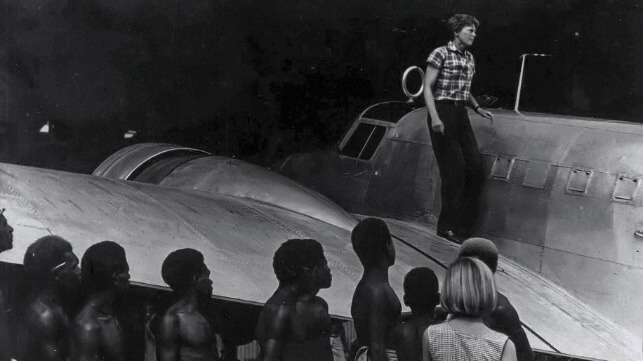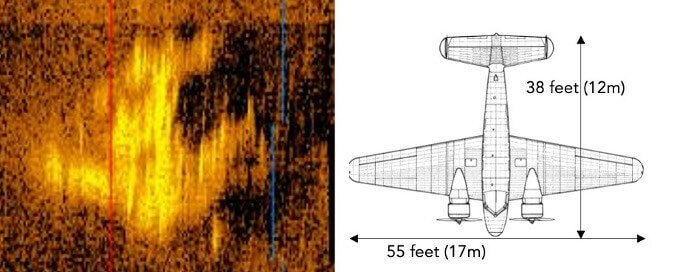Deep-Sea Search Company Claims to Have Found Amelia Earhart's Plane

The unsolved mystery of the disappearance of aviator Amelia Earhart has inspired more than a few ocean explorers, and a firm based out of South Carolina believes that it has finally cracked the case. Deep Sea Vision, a company formed to search for Earhart's plane, reports that its team found what it believes to be an aircraft on the bottom near Howland Island in the South Pacific.
In 1937, famed aviator Amelia Earhart and her navigator Fred Noonan took off from California for an attempted round-the-world journey. Their twin-engine Lockheed Electra airplane had a range of about 4,000 miles, so they had carefully planned a series of refueling stops along the way, with assistance from the U.S. government. They took an eastbound route, and in 21 days they reached New Guinea. After repairs and refueling they departed for Howland Island, an isolated atoll where a new airstrip had been prepared and provisioned for them. They never arrived. A large-scale search and rescue effort did not turn up any evidence of their plane, and Earhart and Noonan were declared lost at sea.
Over the decades, many explorers have been tempted by the search for Earhart's airplane. The International Group for Historic Aircraft Recovery (TIGHAR) kept up the hunt for years, and in 2012 the group said that it had found pieces of her plane at Nikumaroro, Kiribati. Dr. Robert Ballard (of Titanic fame) followed up with an attempted search at Nikumaroro in 2019, without success.
Deep Sea Vision's new find is to the west of Earhart's intended landing point on Howland Island. The site would be consistent with the "date line theory," a proposal attributed to amateur pilot and ex-NASA employee Liz Smith. 14 years ago, Smith theorized that Fred Noonan might have forgotten to roll back the date by one day when he and Earhart crossed the International Date Line. If he had used the wrong date when running his celestial navigation calculations, he could have steered the plane about 60 miles off course to the west.
DSV's backers, ex-Air Force pilot Tony Romeo and his brother Lloyd Romeo, thought that it was reasonable to think that Noonan might have made this mistake after 17 hours in the air.
To test the theory, they acquired a HUGIN 6000 AUV with sidescan sonar, modified it to widen its scan swath, assembled a team of experts, mobilized on a support vessel and went to Howland Island to have a look. After searching 5,200 square miles, they picked up a sonar return that they believe is a close match with a Lockheed Electra.

Sonar image and illustration courtesy Deep Sea Vision
"We always felt that she [Earhart] would have made every attempt to land the aircraft gently on the water, and the aircraft signature that we see in the sonar image suggests that may be the case," said Tony Romeo.
In a statement, DSV said that their sonar imagery is being examined and validated by external experts. One of these, Smithsonian Aeronautics Curator Dorothy Cochrane, is supportive of a follow-on expedition to examine the site in more detail.
In the meantime, DSV says that it is pursuing commercial ventures, including a "longer-term project in Australia." The company's other services include mapping of deep-sea polymetallic nodules, as well as confidential "government support" seafloor activities.
